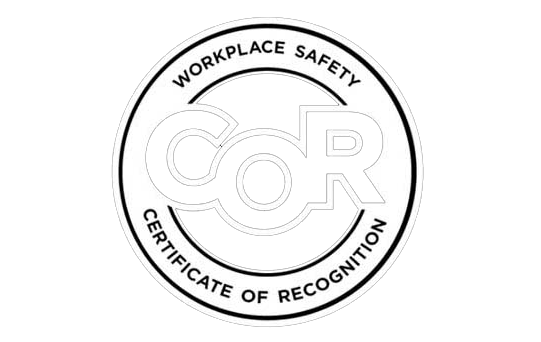land application
Common Questions
Land application of sludges is typically reserved for biosolids that will provide beneficial nutrients (nitrogen and phosphorus) to the soil. Land application of materials that provide little value to the soil, or that could damage soil (i.e. sands, clays, silts, hydrocarbon impacted sludges, etc.) is generally not allowed. Biosolids must meet the applicable land application regulations for the province where the work is being done, and should be clean of debris.
Biosolids are a rich source of nitrogen, phosphorus and organic material. These nutrients help significantly in the growth and yield of crops. The organic material provided through biosolids helps to amend weak soil conditions. These benefits are compounded by the contribution of biosolids to a circular economy where the waste from food consumption is used to assist in food production. Many recipients of our biosolids applications request yearly applications to different sections of land owned.
The amount of biosolids that can be spread, as measured in Dry Tonnes (DT) per hectare, is determined by the processing methodology and nutrient contents of the biosolids, and the soil characteristics of the land being applied on. Lab analysis of the sludge and soil characteristics are put into a model to calculate the appropriate application rate. The intent is to spread the biosolids at a rate that allows for nutrient uptake into the crop, and prevents nutrients from penetrating deeper into the earth where they could eventually reach aquifers.
Biosolids land application has been a well researched and analysed method of beneficial reuse of wastewater solids for over 50 years, on a global scale. Guidelines, based on the scientific evidence of this ongoing research, are developed and implemented by regulatory bodies. Emerging issues are identified as part of this process and guidelines are updated accordingly. The overwhelming majority of communities in Canada will produce biosolids that are safe and beneficial to use. When issues arise it is typically through industry pollution of the wastewater stream. When this occurs the biosolids will require additional treatment and will likely need alternate disposal to a landfill.


